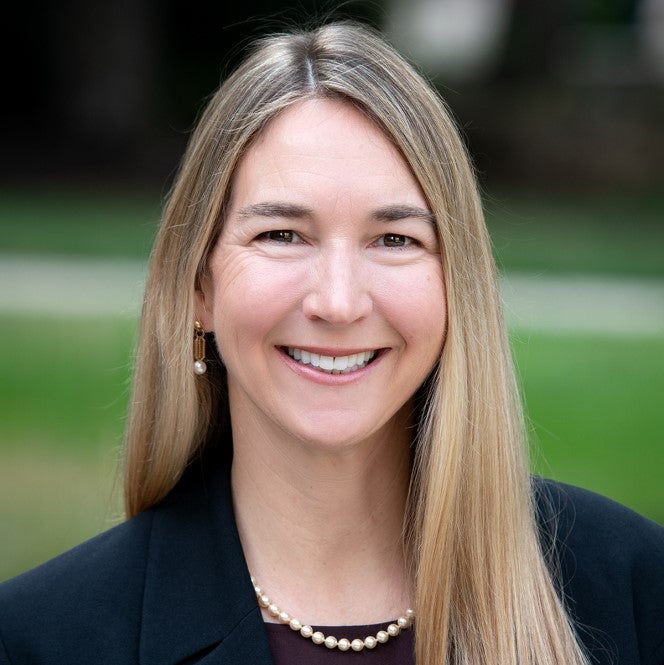Boise State dryland ecosystems research led by Nancy Glenn, vice president for research and economic development, was selected to advance satellite-based science missions through NASA’s new Earth System Explorers Program.
Under this new program, research team lead University of California San Diego and experts from 16 interdisciplinary research co-lead institutions will form the Earth Dynamics Geodetic Explorer (EDGE) project. Its goal is to measure changes in the three-dimensional structure of terrestrial ecosystems like forests and rangelands, and the surface features of glaciers, ice sheets and sea ice. Their research will provide a more robust understanding of the world’s swiftly changing climate.
The team will receive $5 million from NASA to commence this research. The EDGE proposal is led by Helen Amanda Fricker at the University of California in San Diego.

Glenn is a geosciences professor who works with a team to document changing landscapes and helps enable land managers to decide how best to preserve and restore ecosystems. Her research using light detection and ranging (lidar) on Idaho’s drylands will inform methods for optimizing the new technology on EDGE.
“My role and interest is how the EDGE mission can be utilized to further quantify carbon and monitor disturbance in dryland ecosystems, opening up new possibilities for Boise State researchers. The new EDGE mission will provide a 3D structure of drylands at a higher resolution than we’ve had from other satellites, so it makes it more applicable to the western U.S. and global drylands,” Glenn said.
A global research team
The EDGE team is comprised of 25 scientists and engineers from around the world. The organizations represented include Boise State and the following: NASA Goddard Space Flight Center; University of Maryland; U.S. Forest Service; George Mason University; Northern Arizona University; U.S. Geological Survey; Bristol University; National University of Singapore; and the Smithsonian Tropical Research Institution to round out the team for terrestrial ecosystem structure.
The ice elevation team features scientists from the University of Washington, University at Buffalo, Colorado School of Mines, the Australian Antarctic Division and the University of Tasmania.
You can learn more about this project on University of California San Diego’s website.